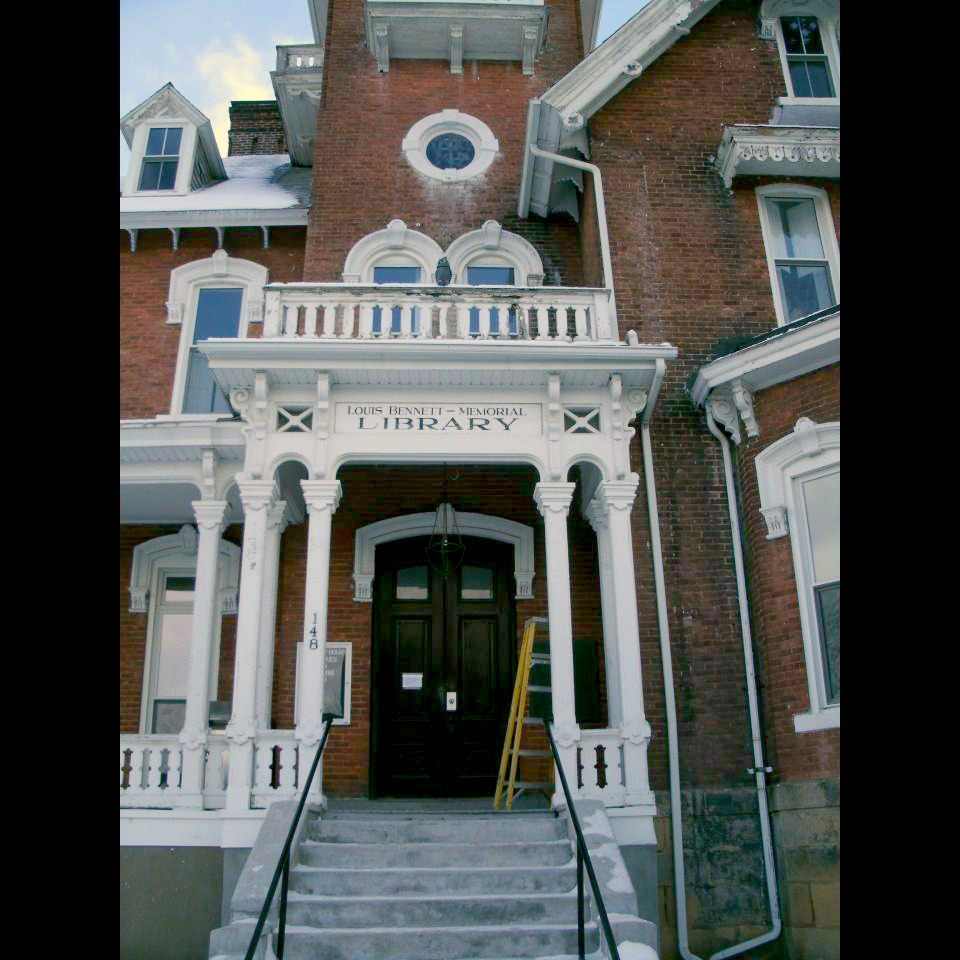Visiting the Trans Allegheny Lunatic Asylum is my favorite place to explore as an artist and photographer.So when a friend explained a desire to see the huge building in person this Halloween, I was over joyed to share my love with them. So Oct 29th we spent the day exploring and learning about one ofContinueContinue reading “Halloween visit to the haunted Lunatic Asylum”
Tag Archives: Lewis county West Virginia
The 1800’s Mansion on the Hill, The Lewis County Library,Weston WV
Time stands still every time I have the opportunity to spend time in this historic mansion. Lewis County, West Virginia is one of a few communities that have taken on the major task of making one of their county’s most historic buildings useful in modern times. The Louis Bennett Memorial Public Library is a grandContinueContinue reading “The 1800’s Mansion on the Hill, The Lewis County Library,Weston WV”
The Lost Soul of Loveberry Ridge Church. ( St Bernard Catholic Church, Lewis Co. WV)
The wood sided church sits on a hill on a one lane road, miles from the nearest town. The tree-lined road is quite and family homes speckle the trip up to the 1910 church. The well cared for church and cemetery were once the center of catholic life in the Lewis County, West Virginia. WithContinueContinue reading “The Lost Soul of Loveberry Ridge Church. ( St Bernard Catholic Church, Lewis Co. WV)”
For My Love of Bridges: Wheeling Island and Walkersville Covered Bridge
So as a creative person who loves to take photos almost more than any other free time activity,I spend a lot of time thinking about where and what I will take photos. Ten years ago I found my muse. Unlike some photographers I do not take a lot of photos of humans or loveContinueContinue reading “For My Love of Bridges: Wheeling Island and Walkersville Covered Bridge”
Lambert’s Vintage Winery, advice from a wine maker
Since spring has not really reached my home yet, I thought this was the best time to do more investigations into wine making and visit some friends who make wine for a living here in North Central West Virginia. The Lambert family owns and operates one of the loveliest winery’s in our northern Appalachian mountains.ContinueContinue reading “Lambert’s Vintage Winery, advice from a wine maker”



